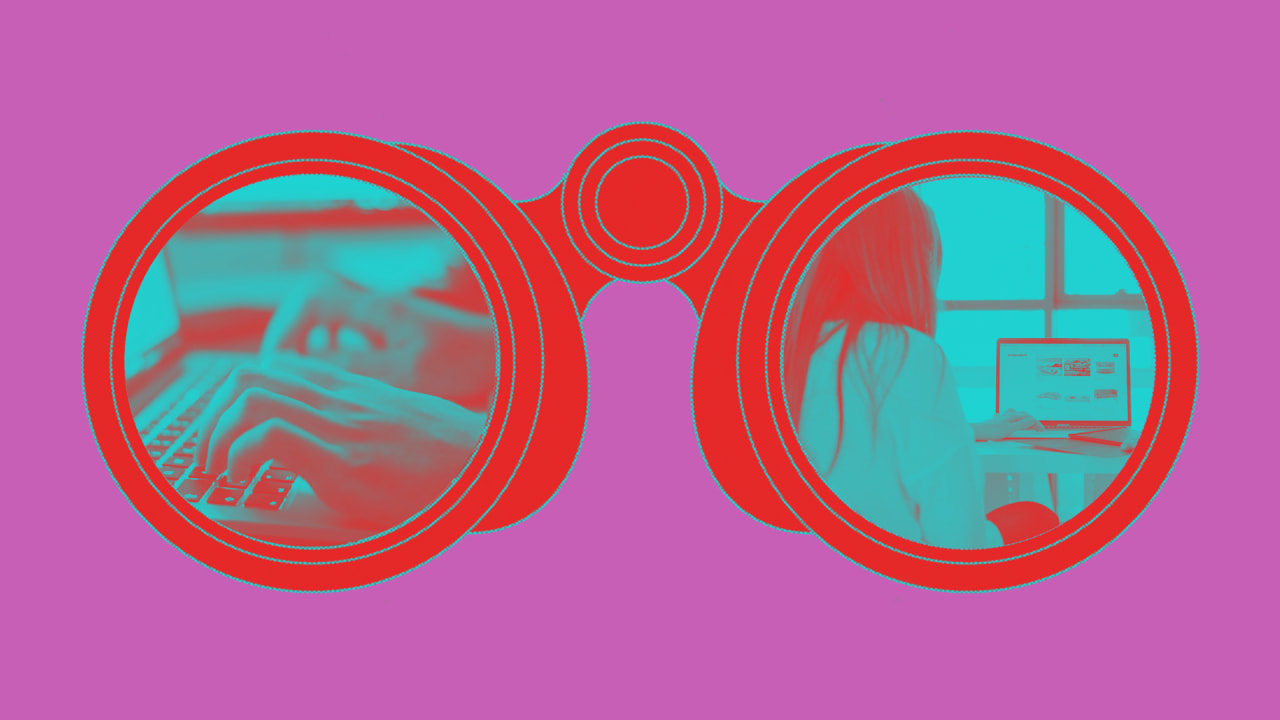For many people, switching to work remote was a hopeful chance to escape the prying eyes of upper management. No longer would they feel pressure to act busy when bosses walked past, or feel guilty about logging into Twitter (even if it is for work purposes). But despite the physical distance, businesses are keeping closer tabs on employees than ever before. The use of performance monitoring tools has jumped significantly over the past year, as managers try to improve team visibility and track output. Even before the crisis, 62% of organizations were using monitoring tools to collect data on employees’ behavior during work hours. After a year of remote work, those tools have become securely integrated into companies’ day-to-day. Although a return to offices is approaching, managers are unlikely to roll back software that’s provided insight, especially as many businesses will continue to offer work from home as an option. But there’s a fine line between surveillance and management, and there’s an even finer line between legitimate reasons to monitor staff and an illegal intrusion on people’s privacy

Read more here:
Employee surveillance software is here to stay, even when we go back to the office